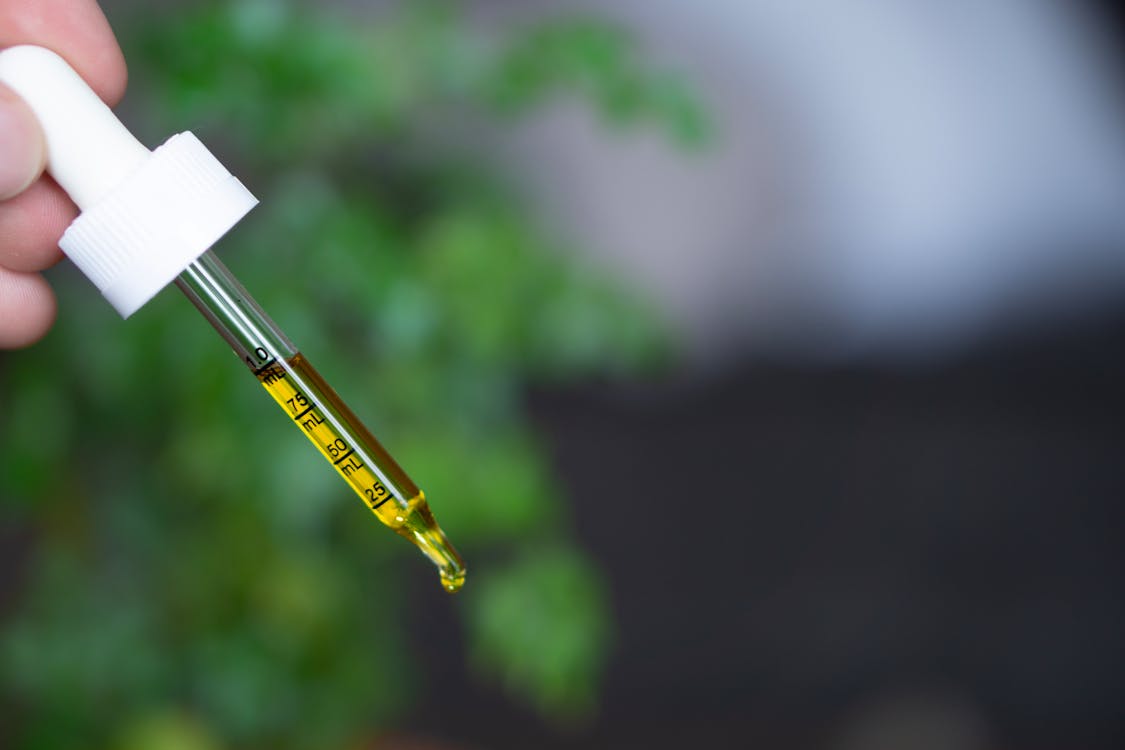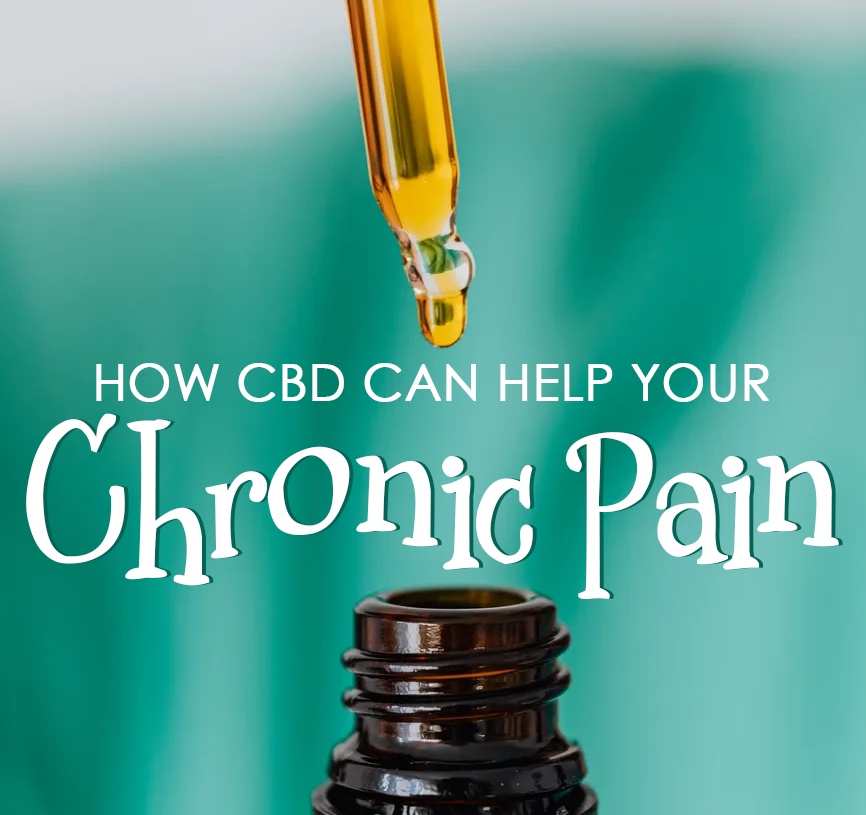Living with chronic pain often means constantly being on the lookout for newer, better treatments. Anything that can make the next day a little less difficult and a little more manageable is a big deal.
One chronic pain treatment that’s been getting a lot of attention lately is CBD. Millions of people buy CBD online or in person at stores that seem to pop up left and right these days, and that number is only growing. But what is it? How does it work? And how can it help you?

What is it?
CBD is short for “cannabidiol,” a natural chemical compound that comes from cannabis plants. While cannabis is often associated with marijuana, another type of cannabis plant that produces CBD is hemp.
Unlike marijuana, hemp is legal on the federal level, which makes hemp-derived CBD legal on a federal level as well (although different states have different guidelines). Separated from the THC that gives marijuana its mind-altering capabilities, CBD products can’t get you high. They can, however, treat various kinds of chronic and acute pain.
How does it work?
Among the many compounds the human body produces are endocannabinoids, which work together with the endocannabinoid system (a network of receptors and neurotransmitters) to regulate sleep, immune system responses, and pain. The similarity of the words “cannabidiol” and “endocannabinoid” are not a coincidence. In many ways, the human body is hard-wired for CBD.
When cannabidiol enters the body, its plant-based cannabinoids interact with the endocannabinoids system, jump-starting functions that may be dormant due to medical disorders and imbalances. It can also be used to stimulate multiple anti-pain effects, such as boosting serotonin levels and decreasing anandamide (a pain-producing compound).
How can it help you?
CBD products have shown significant potential in the treatment of many different disorders, from depression, anxiety, insomnia, and nausea all the way up to certain kinds of seizures and even cancer. Among its common uses is the alleviation of chronic pain, notably that which is associated with arthritis and other inflammations, as well as multiple sclerosis.
Because of the way CBD is absorbed into the body, a number of delivery methods exist which meet different needs. For those needing all-day relief, sublingual strips slowly absorbed under the tongue can prove useful. For those who need more fast-acting and heavy-duty relief, CBD dabs offer high concentrations of pure cannabidiol meant to be vaporized and inhaled, getting it into the bloodstream with maximum efficacy. And for those with localized pain, CBD ointments and creams can be rubbed into the skin directly at the problem site.

If you are considering taking CBD for chronic pain, consult your doctor to determine what dosage and delivery method is right for you.


Cathy French
Since hemp is legal I wonder why there wasn’t cbd products years ago
Natalie
I want to see more research studies performed before I start recommended CBD products…
Debbie P
I really need to get a quality bottle of CBD and give it a try. Thanks for the article.
Debbie P
Using CBD has helped me with pain a lot.